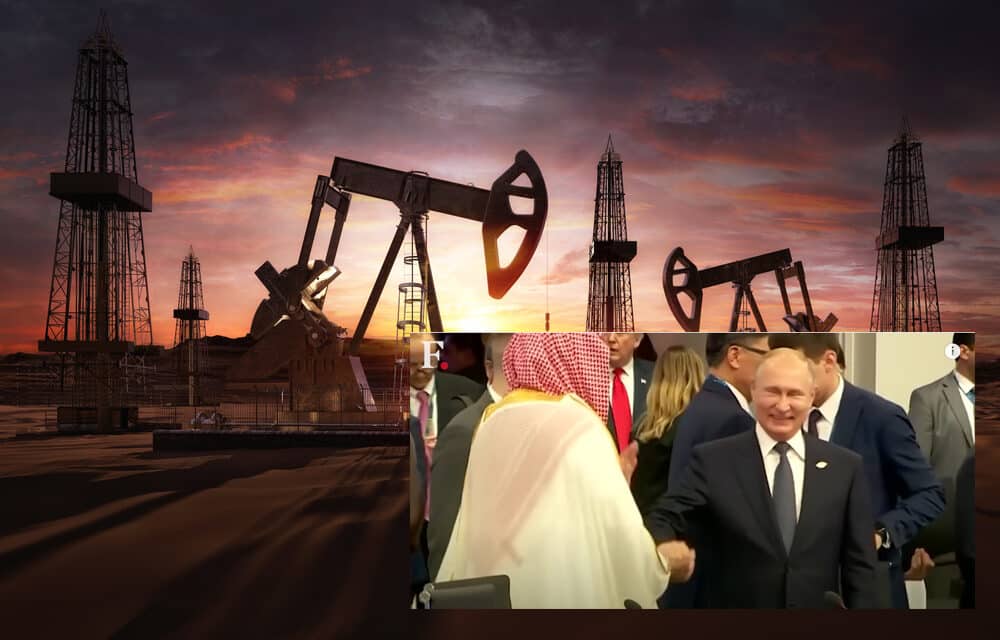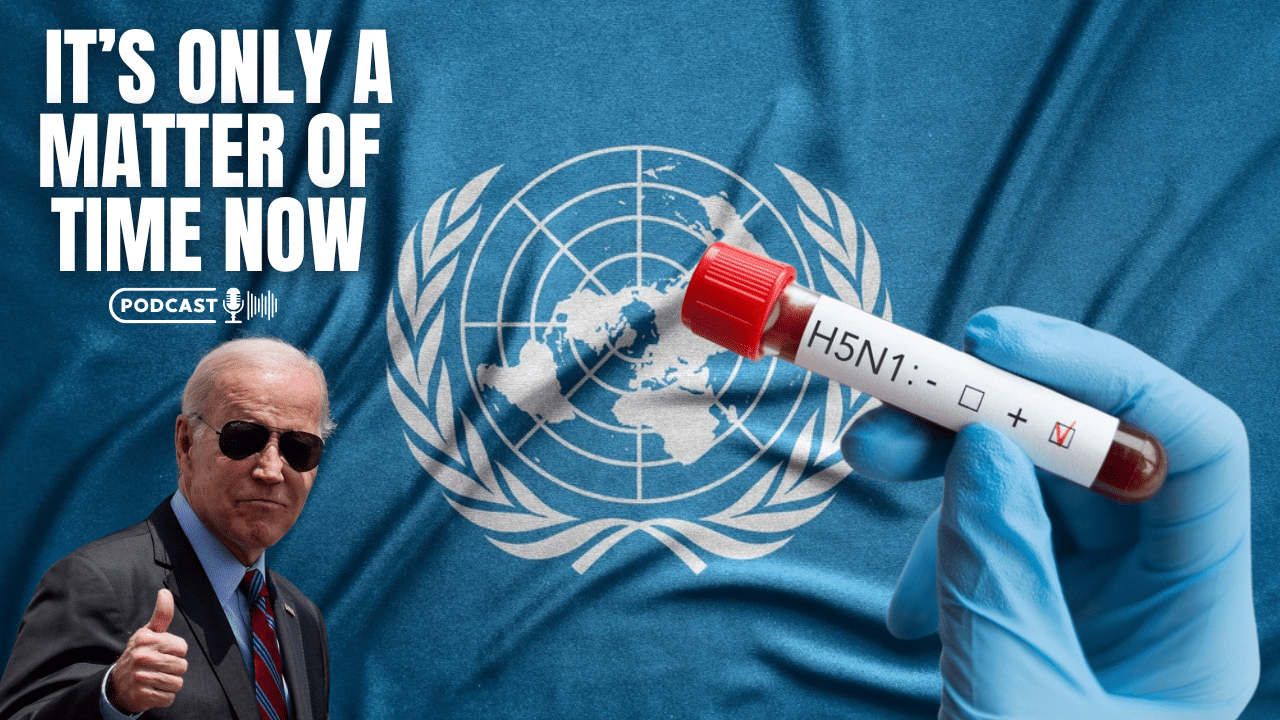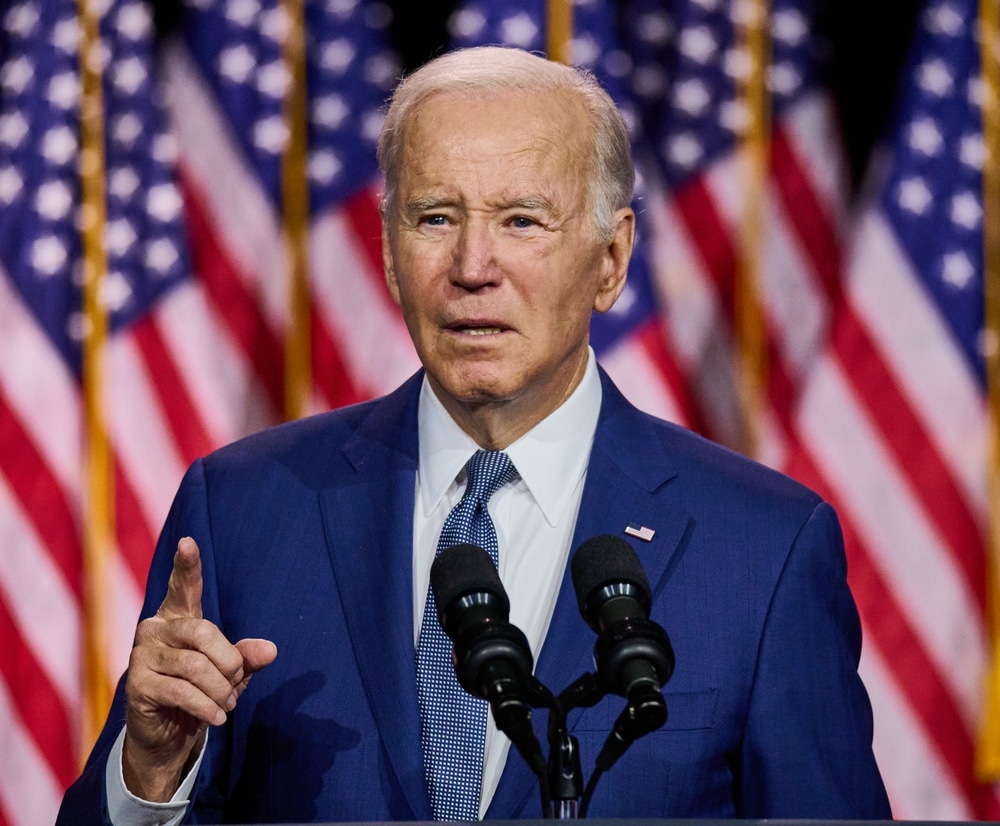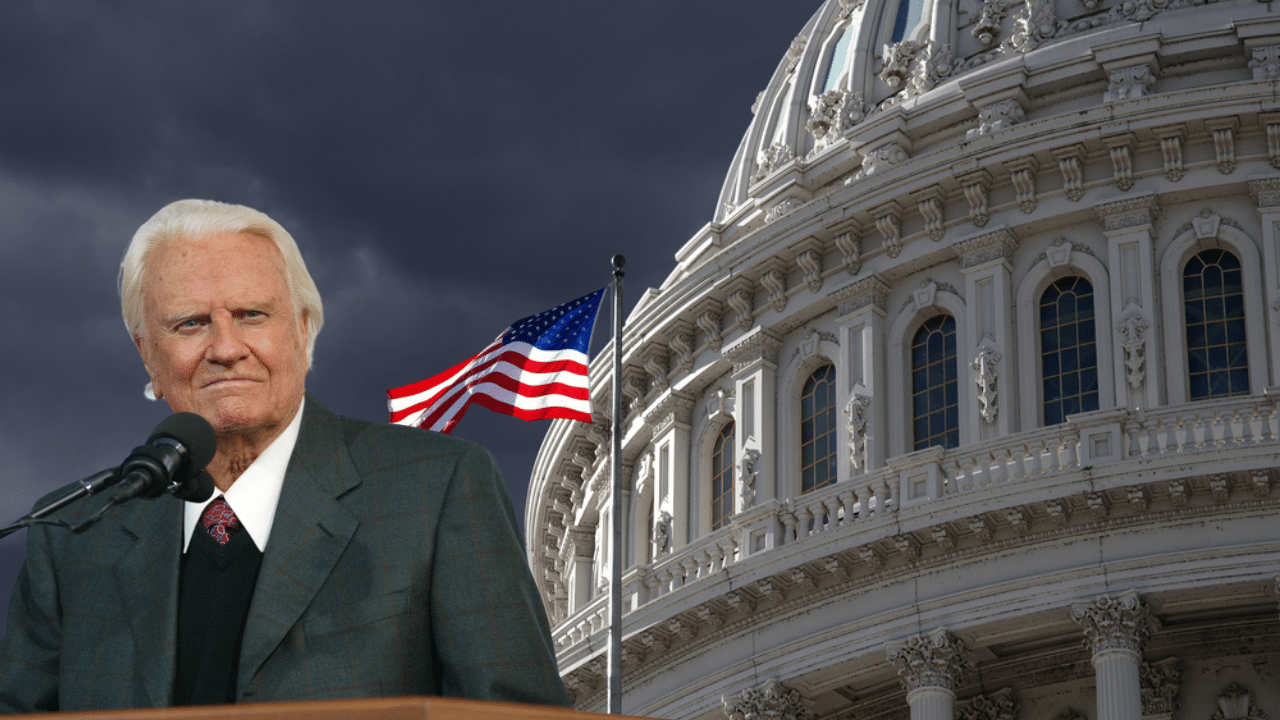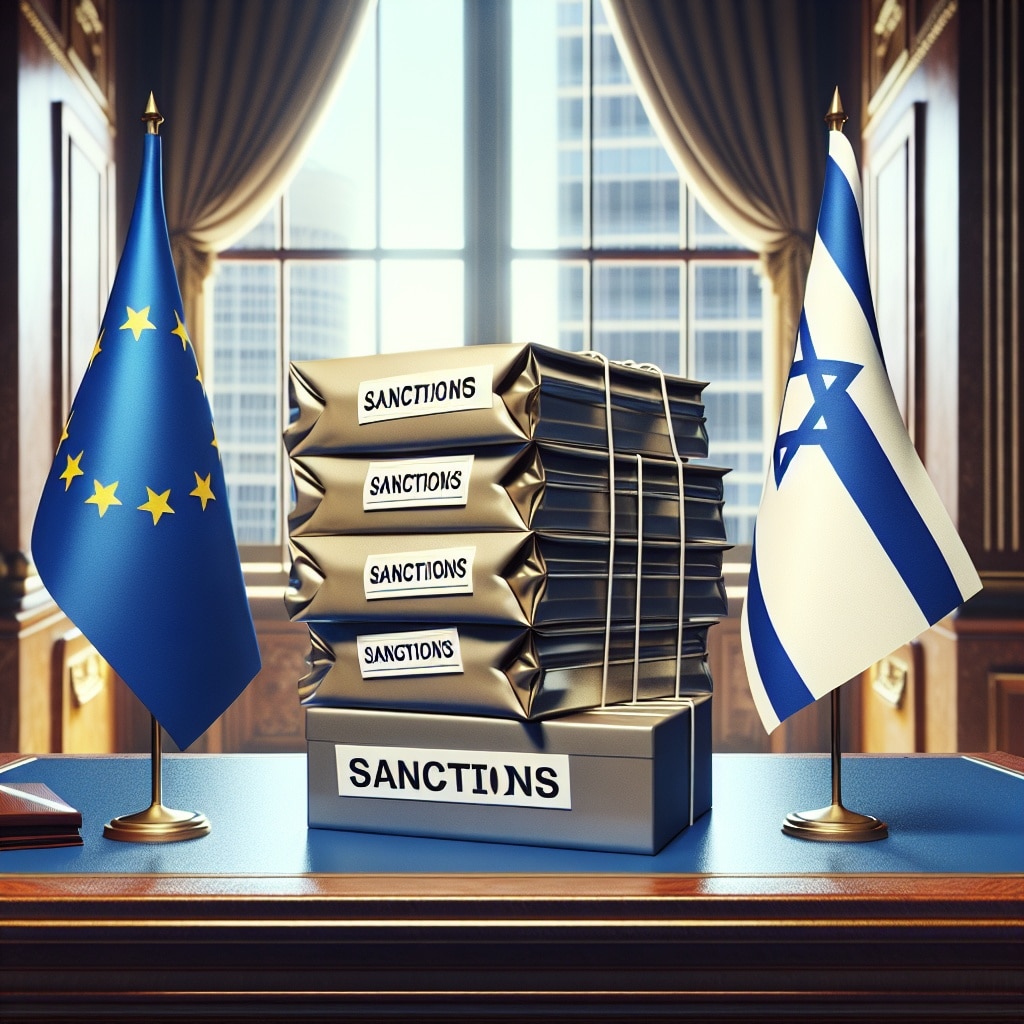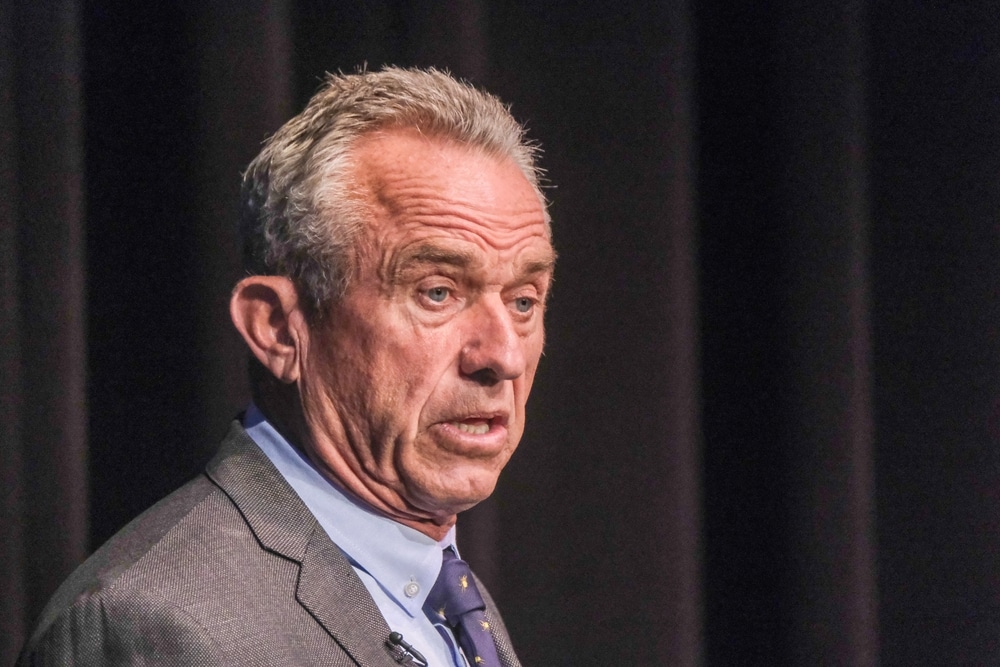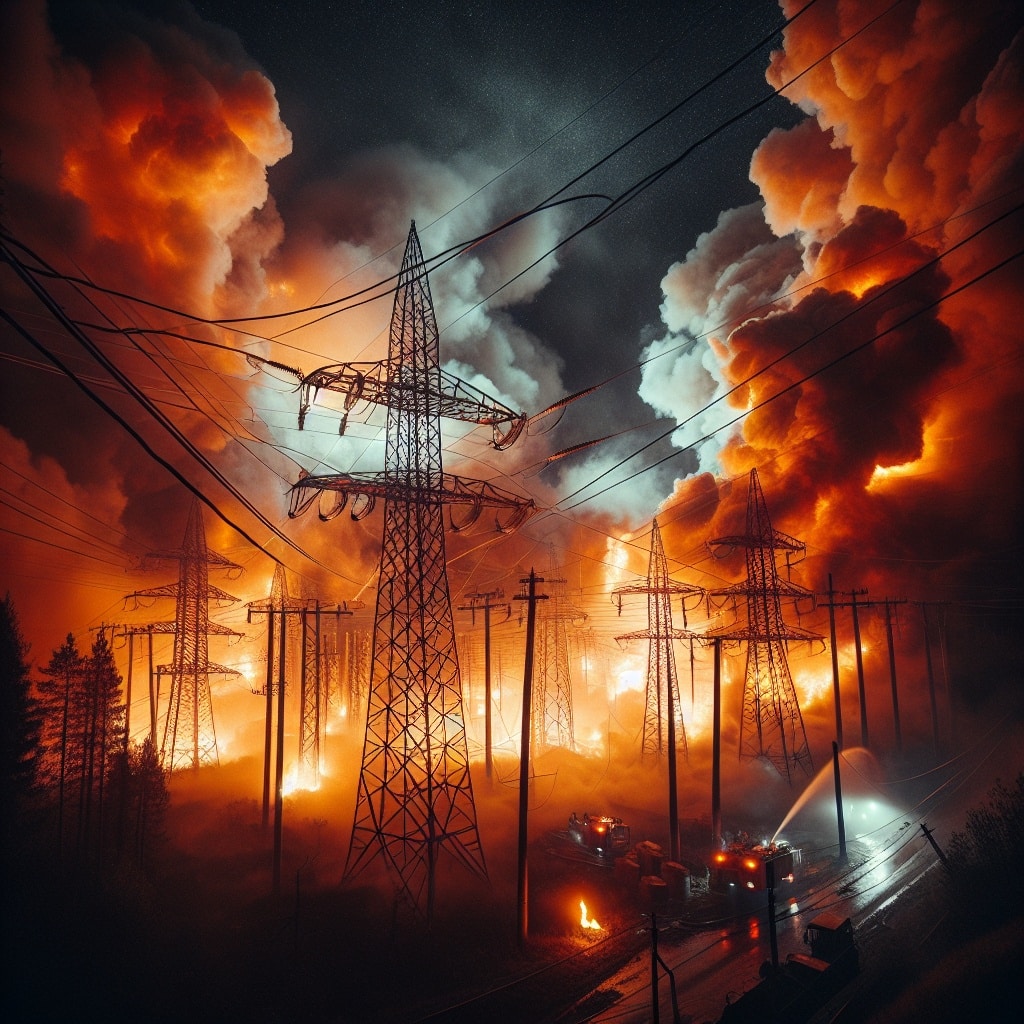They both started wars in neighboring countries, hold significant sway over energy markets, are known to brook no dissent and to covet spots in history. Russia’s embattled president, Vladimir Putin, and Saudi Arabia’s de facto ruler, Mohammed bin Salman, seem to have a lot in common.
According to the Guardian, Nearly eight months into Russia’s invasion of Ukraine, relations between Riyadh and Moscow are at a high point. As much of Europe, the US and the UK double down on attempts to combat an ever more menacing Russian leader, Prince Mohammed has instead chosen to deepen ties.
An Opec+ meeting in Vienna on Wednesday is the latest landmark in a growing relationship that is increasingly defying the demands of Riyadh’s allies and appearing to give Putin comfort at a critical juncture in the war. Both countries are likely to seek to raise oil prices by cutting global supply by 1-2m barrels a day.
Such a move would follow widespread disruption to gas supplies to Europe caused by the war and predictions of a worsening energy security crisis as the northern winter approaches. It would also alienate Washington, an ally that has tried to recruit Riyadh to the cause of decreasing supply pressures by opening valves to its enormous reservoirs.
Instead, Joe Biden finds himself staring down a partner in the Middle East whom he had personally visited during the summer as the extent of the supply crisis became apparent. Biden walked away empty-handed and, as a result, faces the uncomfortable prospect of taking high bowser prices to midterm elections. Perhaps more importantly for the US president, a rise in oil prices could be seen as helping fund Putin’s war effort.
According to CNBC News, A group of some of the world’s most powerful oil producers on Wednesday agreed to impose deep output cuts, seeking to spur a recovery in crude prices despite calls from the U.S. to pump more to help the global economy. OPEC and non-OPEC allies, a group often referred to as OPEC+, decided at their first face-to-face gathering in Vienna since 2020 to reduce production by 2 million barrels per day from November.
Energy market participants had expected OPEC+, which includes Saudi Arabia and Russia, to impose output cuts of somewhere between 500,000 barrels and 2 million barrels.
The move represents a major reversal in production policy for the alliance, which slashed output by a record 10 million barrels per day in early 2020 when demand plummeted due to the Covid-19 pandemic. The oil cartel has since gradually unwound those record cuts, albeit with several OPEC+ countries struggling to fulfill their quotas.
Oil prices have fallen to roughly $80 a barrel from more than $120 in early June amid growing fears about the prospect of a global economic recession. The production cut for November is an attempt to reverse this slide, despite repeated pressure from U.S. President Joe Biden’s administration for the group to pump more to lower fuel prices ahead of midterm elections next month.
International benchmark Brent crude futures traded at $92.82 a barrel during Wednesday afternoon deals in London, up around 1.1%. U.S. West Texas Intermediate futures, meanwhile, stood at $87.37, almost 1% higher. OPEC+ will hold its next meeting on Dec. 4.

